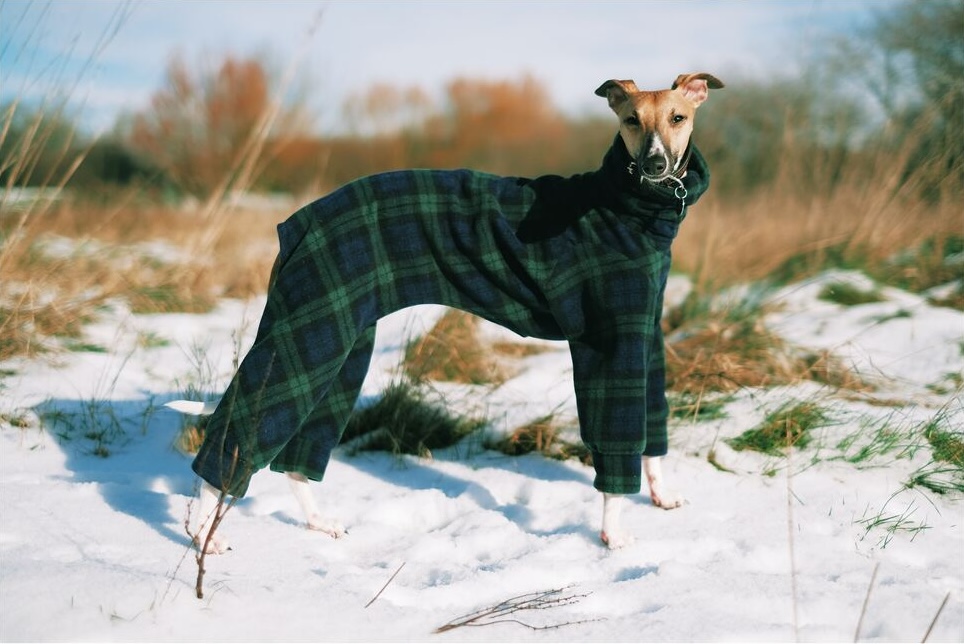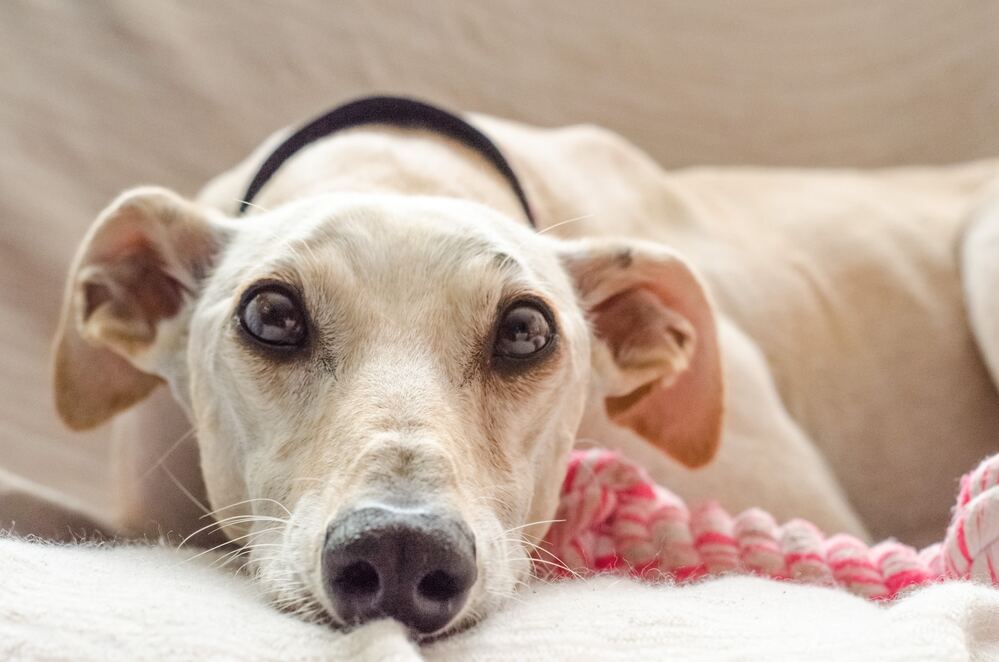Rescuing a greyhound is a noble act that requires special care and attention.
Understanding the adoption process, addressing behavioral issues, managing separation anxiety, and dealing with health issues are all key aspects of caring for a rescued greyhound.
Let’s learn together how to help ease the process for our new companion and make our dog feel at home as quickly as possible.
Understanding the Adoption Process
Adopting a rescued greyhound involves several steps. Researching and contacting greyhound rescue organizations or shelters is the first one. When you find a suitable greyhound, you will need to fill out an adoption application, go through an interview, and provide references. Home visits may also be made to ensure a suitable living environment for the greyhound.
Addressing Behavioral Challenges
Rescued greyhounds may have behavioral problems due to their past experiences. Remember that most of these dogs have been abused, so they can be very skittish and submissive.
Patience and understanding are essential in dealing with these challenges. Training classes or working with a professional dog trainer can help address specific behavioral issues such as leash pulling, separation anxiety, or fear.
Managing Separation Anxiety
Greyhounds are known to be sensitive and may develop separation anxiety when left alone for long periods of time. Gradual desensitization techniques can be used to manage separation anxiety. This involves gradually increasing the amount of time the greyhound spends alone and providing mental stimulation through puzzle toys or treat dispensers.
Health Issues in Rescued Greyhounds
Rescued greyhounds, especially adult dogs, often suffer from different or more serious health problems than dogs that have been adopted at a young age or have not been abused.
Let’s take a look at some of the major challenges you may face in helping your companion get better.
Malnutrition and Weight Management
Rescued greyhounds may come from neglectful environments, leading to malnutrition and improper weight management. A veterinarian should assess their nutritional needs and provide a balanced diet to ensure proper weight gain or loss, depending on the dog’s condition.
Dental Problems in Rescued Greyhounds
Neglected dental care can be a common issue in rescued greyhounds. Regular dental check-ups, professional cleanings, and providing appropriate dental chews or toys can help maintain good oral health.
Addressing Skin Conditions and Allergies
Rescued greyhounds may suffer from skin conditions or allergies due to neglected grooming or exposure to certain substances. Routine grooming, including regular baths and proper coat care, can help alleviate skin issues. A veterinarian should be consulted for proper diagnosis and treatment of any allergies.

What can I do to make my rescued greyhound feel better?
- Use all your patience. Most (if not all) rescued greyhounds are dogs that have suffered abuse, mistreatment, and neglect. As a result, it is not uncommon for them to be fearful, somewhat suspicious and submissive, at least at first. Our experience with the greyhounds we have fostered has taught us that with love, respect and patience, it can take at least 1-2 weeks to develop trust with their primary caregivers, where you will discover their true, friendly character!
- Prepare a place with a bed for your new rescue companion. Your dog will spend a lot of time lying down (yes, they sleep up to 18 hours a day!), so it is essential that he has his own spot where he can learn to relax.
- Watch out for the cold! Greyhounds are dogs with a very low tolerance for the cold, so you will need to bring warm clothing and blankets with you if you decide to adopt in the winter.
- Rescued greyhounds have a high prey instinct. This is because in most cases they have been used for hunting or racing (where a lure is used). This makes them run like there is no tomorrow at certain visual stimuli, such as other animals. In addition, at the beginning, due to lack of habituation, they may be afraid of everything, so they will also run, and, rest assured, it will be very difficult for you to catch up with them (if you manage to do so). Therefore, even if their calm nature suggests that they will never leave your side, always go outside with a leash. At the very least, have a safe place with a high fence so he can run without problems.
- Beware of rubbish bins. Rescued greyhounds are dogs that have unfortunately had to make do with eating rubbish for a long time after being discarded. Even if they are in a home that provides them with food and affection, bins are a gift to them, and they will not hesitate to stick their “beaks” into them in search of a snack. Keep your food and garbage out of their reach, and don’t forget that they are big dogs and will reach into many unthinkable places!
By understanding the adoption process, addressing behavioral issues, separation anxiety, and health concerns, you can provide rescued greyhounds with the care they need and help them thrive in their new, loving homes.
Adopting a greyhound is a transformative experience in every way. Follow our advice and see how quickly they become the best friend of the whole family.
